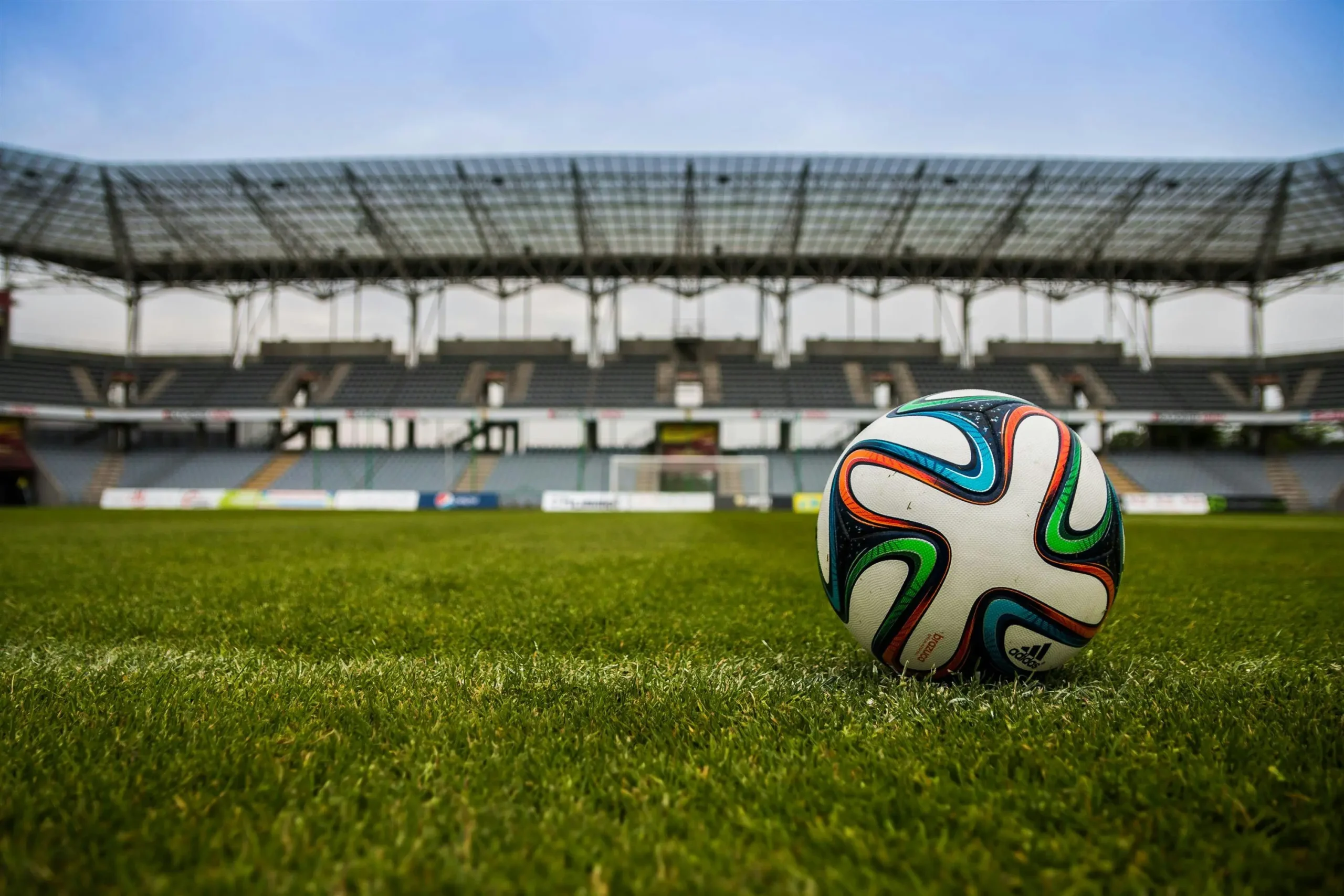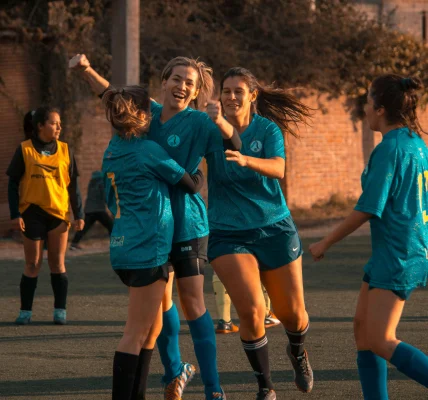Women’s football is experiencing a significant transformation. Once overlooked, the sport is now gaining significant global traction, capturing the attention of fans, sponsors, and media alike. This article explores the growth of women’s football, the challenges it faces, and the opportunities that lie ahead as it continues to evolve.
1. Promotion of Professionalism and Participation
Grassroots projects and youth academies aiming at motivating female potential have produced more women playing football than ever before. Historically favoring men’s football, countries are sponsoring women’s teams more and providing professional chances for women to take part in the game. Professionalism of women’s leagues provides a combination of higher contracts, increased involvement, medical treatment, and training facilities.
Rising financially sustainable and competitive, leagues as the National Women’s Soccer League (NWSL) in the United States and the FA Women’s Super League (WSL) in England have attracted exceptional athletes from all around the globe. The expanding relevance of women’s football also generates more attractive sponsorships and TV deals, therefore enhancing the popularity of the game.
2. Global Context
Women’s football has made remarkable progress on the global scene as key events like the FIFA Women’s World Cup and the UEFA Women’s Champions League draw hitherto unheard-of numbers. Comprising about a billion supporters worldwide, the 2019 FIFA Women’s World Cup in France marked a turning moment. France IN France With regard to France Such activities highlight the enormous female football market, which encourages additional financial support and expansion.
3. Building Fan Base
Women’s football’s fan base is fast expanding as more people support teams on social media and demonstrate attendance to events. Rising media coverage, women’s team performance, and the sport’s attraction to a younger, more diversified public help to explain this rise. Social media has been especially important in establishing this trend since it lets supporters to contact with teams and sportsmen, therefore fostering a lively and active community.
Complications in Female Football
1. Variances in income
One of the main issues in women’s football is clearly defined by the financial variations between men’s and women’s events. While top male football players earn millions, female players may endure with unpredictable finances and meager salaries. This affects sponsorships, team budgets, contest prize money. Still, financial parity between the sexes is far off even with progress.
2. Media Coverage and Visibility
Women’s football suffers visibility even with more media coverage than men’s football. Many women’s matches are not shown live; when they are, prime-time programming is frequently limited. Lack of exposure limits earning potential and inhibits the growth of the sport. Future of the game will mostly rely on better media coverage and equitable treatment of women’s football as well as on other factors.
3. Financial means and institutional support
Women’s football has somewhat varying degrees of institutional support depending on nations and organizations. Many facilities lack the tools, amenities, or coaching women’s teams seek. From grassroots to professional, this discrepancy can limit the worldwide spread of the sport. Dealing with this requires more infrastructure, education, and development projects to equip women’s football the tools it requires to flourish.
4. Social and cultural issues
Many countries still have cultural and sociological obstacles in place wherein women’s football is not as valued or watched as men’s soccer. These challenges could limit the chances for female athletes and deter young women from picking up a sport. Dealing with these cultural presumptions demands education, action, and continuous projects to progress women’s rights in sports.
Women’s Football Future Roads
1. Rising Competitions and Leagues
The expansion of leagues’ and competitions offers one of the most amazing chances for women’s football. The sport will keep becoming more financially feasible as more nations set professional women’s divisions and international events. Expanding these events will provide athletes additional chances to highlight their skills and let supporters engage closer with the game.
2. Enhanced investment and sponsorship
Women’s football is becoming more and more popular with great marketing and sponsorship opportunities. Companies appropriate for the sport can gain from its varied, socially concerned audience and dedication to women’s equality. More sponsorship can aid women’s football to take front stage, improve the general level of the game, and enable higher remuneration for players.
3. Profiting from digital media channels
Digital media has helped women’s football to have particular growth potential. Direct links across social media, streaming services, and other internet platforms help to offset the challenges given by conventional media. Supporting tournaments, sharing player experiences, and building a global community around women’s football on these platforms will assist the game to keep developing and attract more players.
4. Supporting athletes’ gender balance
Women’s football itself is spearheading the movement pushing for sports’ equality. Maintaining the drive for better working conditions, equal pay, and more visibility would help the sport propel more general societal transformation. Women’s football’s popularity motivates other sports to match, therefore fostering a more inclusive and fair sporting landscape.
Final Thoughts
For women’s football going forward, there is much promise. Rising investment, continuous growth, and a resolve to overcome obstacles will help the sport to flourish. As more media outlets, sponsors, and fans appreciate women’s football, its future will continue to be opening. Women’s football is, more than just a game; it’s a movement for reform, equality, and emancipation. Encouragement of the growth of women’s football will help to create a more inclusive sports scene in which everyone has possibilities to succeed.




